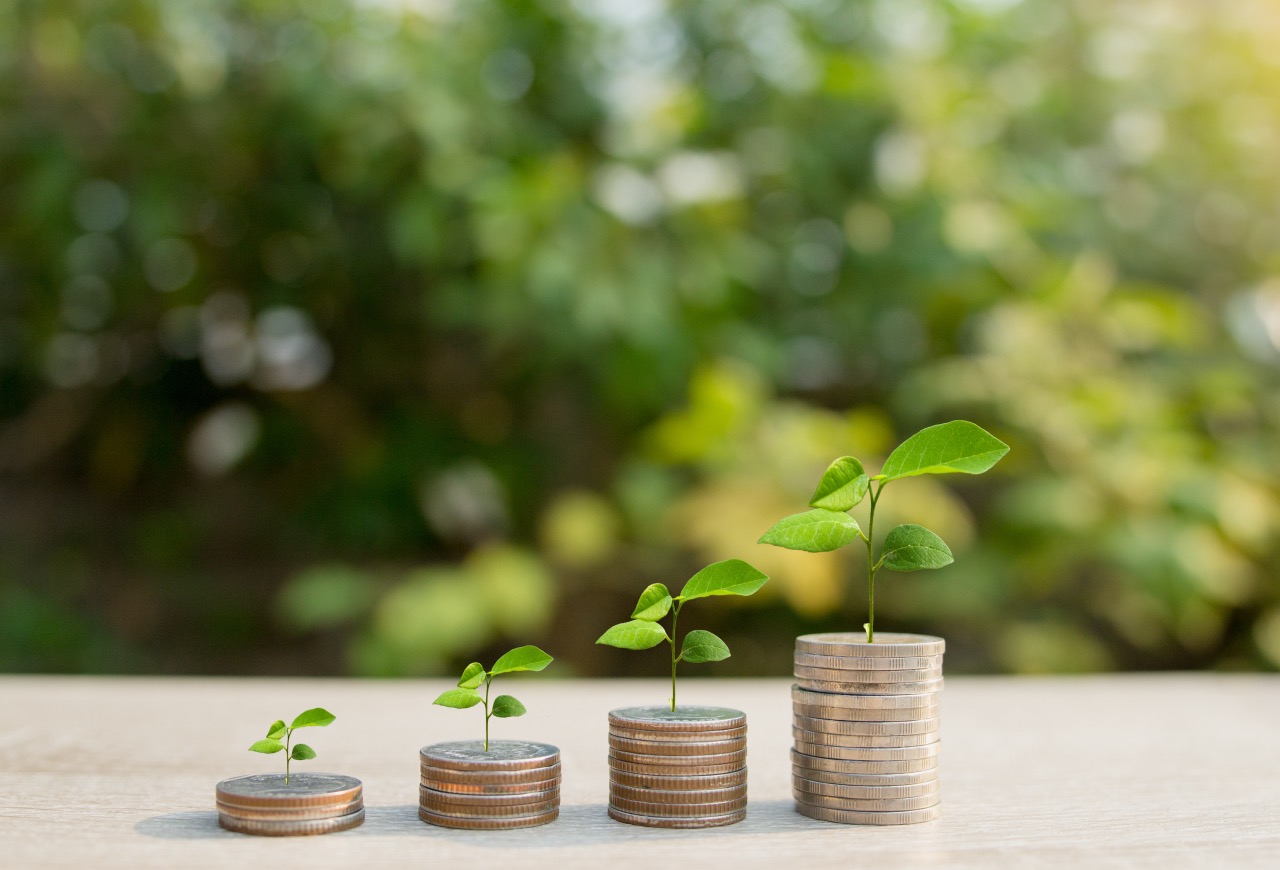Global debt issuance related to all forms of climate and sustainability-related themes, including green, social and transition bonds, rose to nearly $1.1 trillion in 2021, according to the Climate Bonds Initiative

Global debt issuance related to all forms of climate and sustainability-related themes rose to nearly $1.1 trillion in 2021, a 57% rise from 2020, according to the latest annual report from the Climate Bonds Initiative (CBI).
This so-called GSS+ issuance covers green, social and sustainability (GSS) markets, plus sustainability-linked bonds (SLBs), and transition bonds.
Green bonds accounted for almost $523bn of the total, sustainability bonds comprised $200.2bn and the social bond market made up $223.2bn.
The SLB market, while smaller, was the fastest expanding area, with volume growing more than 900% year on year to $118.8bn.
Sean Kidney, CBI’s chief executive said that, based on performance in 2021 and before, the organisation hopes to see $1 trillion raised in green bonds alone in 2022, rising to $5 trillion by 2025.
Green bonds are classified by CBI as those having dedicated environmental benefits, as described in its own taxonomy.
Capital for climate action
CBI’s rationale is to mobilise global capital for climate action. It carries out market research, advises governments and regulators, and administers a global climate bonds standard and certification scheme.
Since 2007, the initiative has recorded more than 16,000 GSS+ debt instruments with a cumulative volume of $2.8 trillion. Green bonds comprise $1.6 trillion, social $539bn, and sustainability $521bn.
September 2021 was the busiest month on record, producing GSS+ volumes of $15.4bn, including seven sovereign issuers, who between them priced eight bonds worth nearly $30bn.
For the year as a whole, 11 sovereign issuers added $72.8bn with new bonds or taps. Italy, the UK, Serbia, Spain, and South Korea issued debut sovereign green bonds.
Developed markets continued to dominate issuance, accounting for 73% of green bond volume in 2021, and the US was largest source of green bonds, with volume rising 63% to $81.9bn. China and Germany were second a third on the list, both in the $60-70bn bracket.
Around 21% of bond volumes came from emerging markets, compared to 17% in 2020, the share boosted by strong volume growth from development banks, financial and non-financial corporate issuers.
Ukraine crisis threatens growth prospects
Despite the robustness of the market during the COVID pandemic, the outlook for the market has become considerably murkier as a result of Russia’s invasion of Ukraine earlier this year, which has triggered higher prices and interest rates globally, making all forms of debt more expensive in the process.
Quarterly data to be released by CBI in early May indicate a 38% drop in GSS+ issuance in the first quarter of this year compared to the same period of 2020.
But Krista Tukiainen, head of market intelligence at CBI, told Impact Investor that this fall should be seen in the context of even steeper declines in issuance from the non-green ‘vanilla’ bond market.
“I’m still optimistic. Growth rates have been really, really high. And the fact that we’ve already got two new sovereigns in the first three months of the year is a good sign. It’s not like they’ve all lost confidence,” she said.
Canada and Denmark have both issued debut green bonds in the first quarter, with several other countries lined up to issue sovereign bonds later in the year. These include India, which reportedly plans to issue more than $3bn of sovereign green bonds, with a debut sale possibly coming in the first half of 2022.
CBI’s research into the impact of market volatility in the first year of the pandemic found that green bonds were often the last ones that investors would sell off. “They’re seen as a sort of hedging instrument against market risk of many different types,” Tukiainen said.
Much of the heavy lifting needed to keep the green and sustainability bonds market growing will fall to governments, development banks and other government-funded institutions, whether it be in terms of sovereign issuance, blended finance initiatives or incentivising green investment through regulation, she said.





